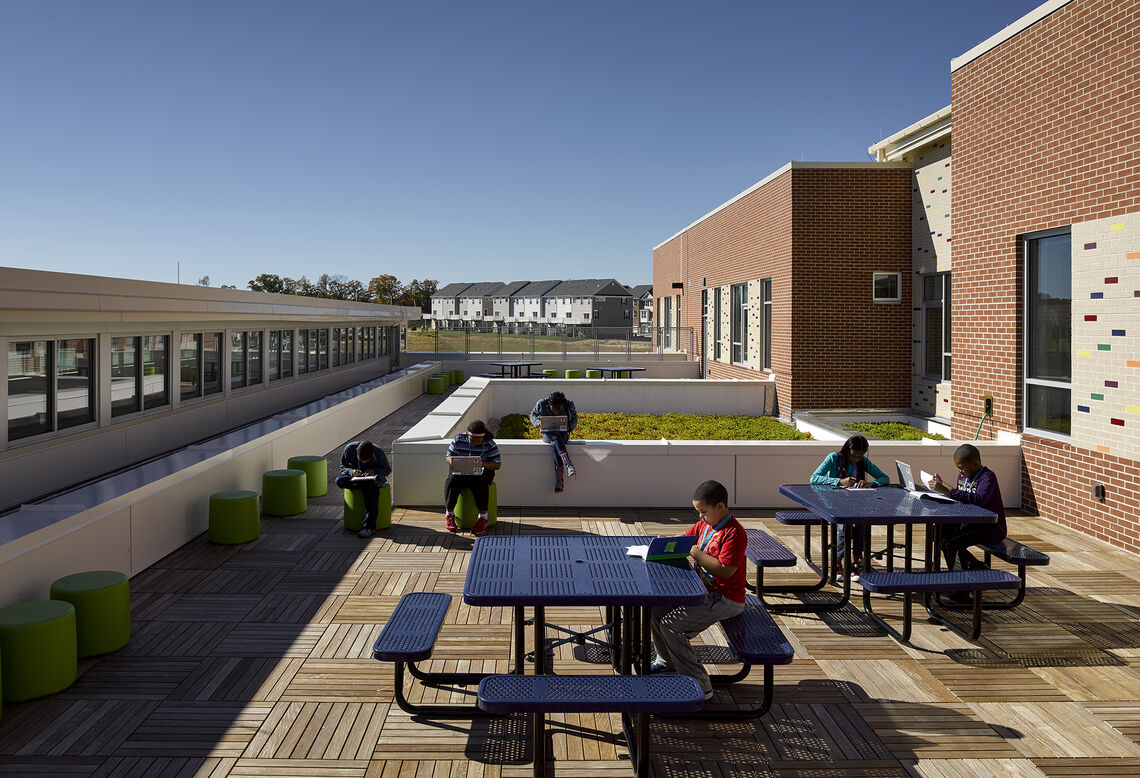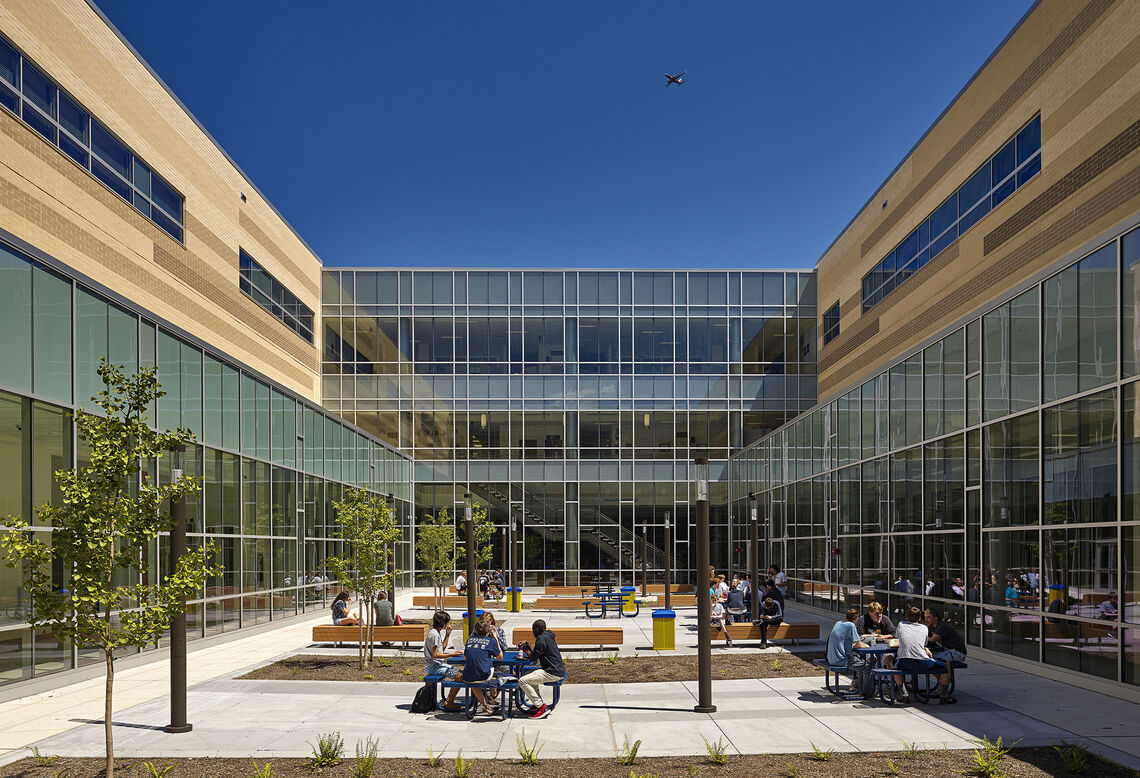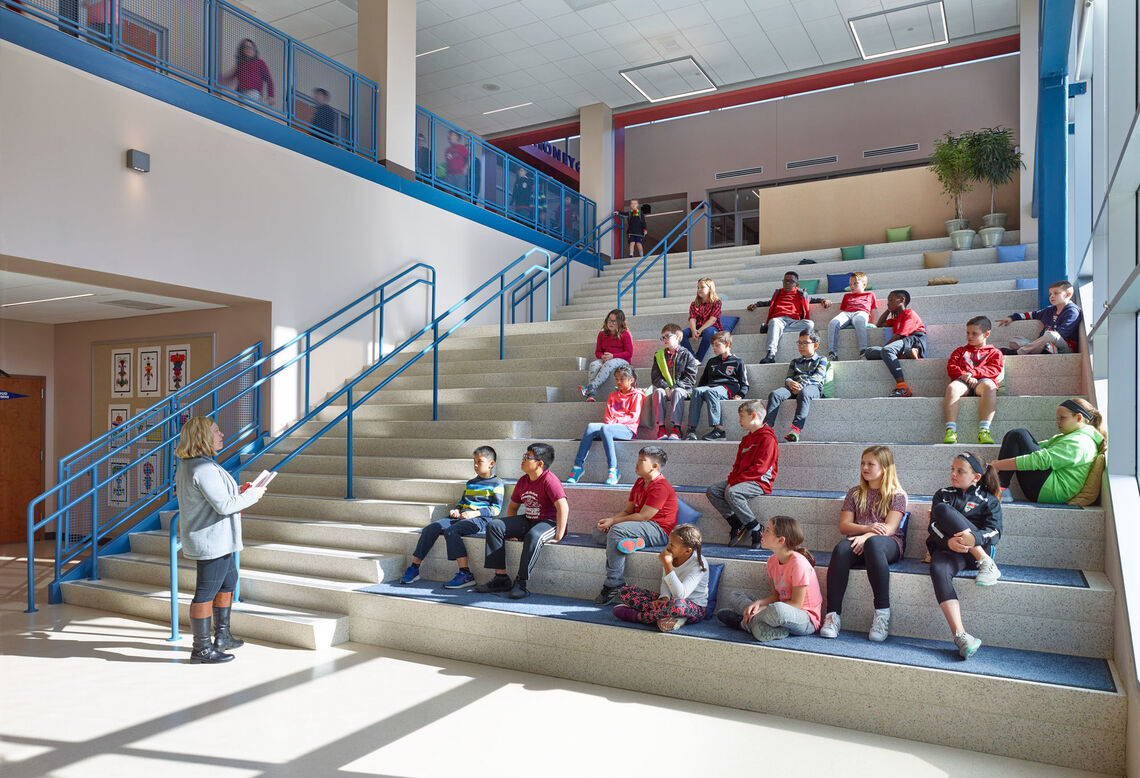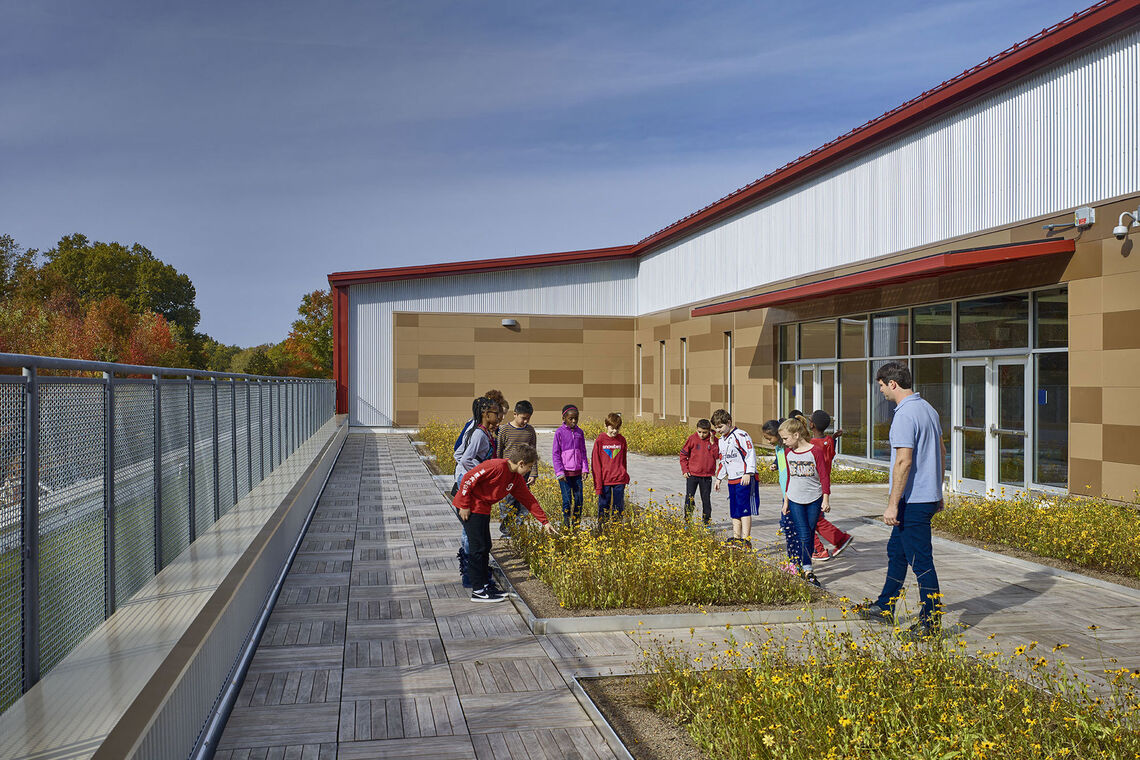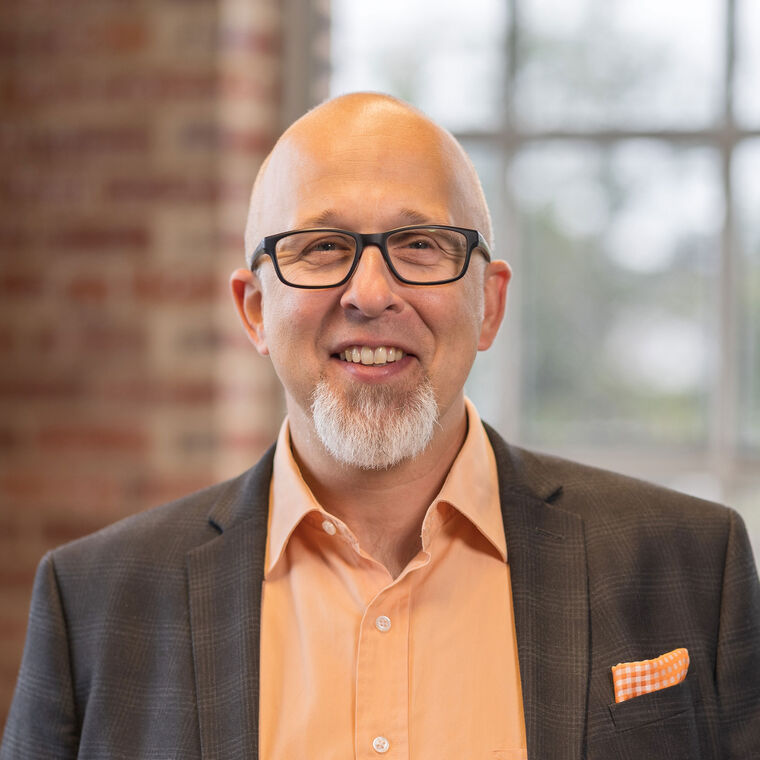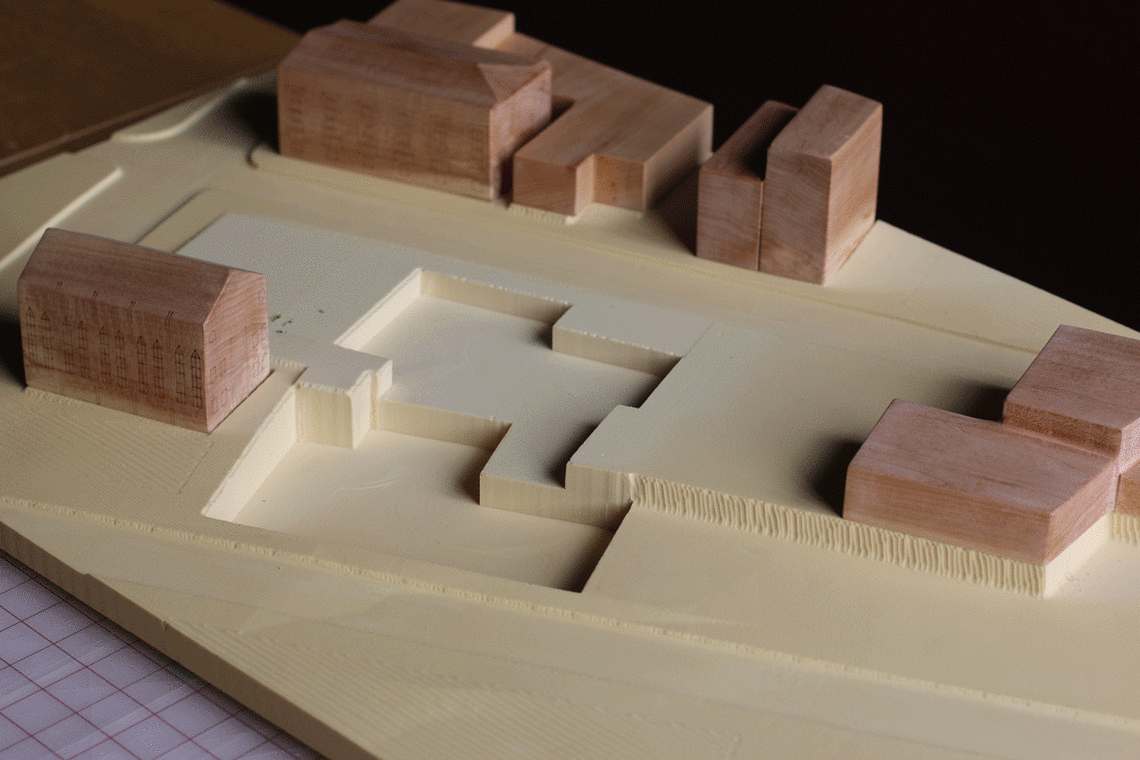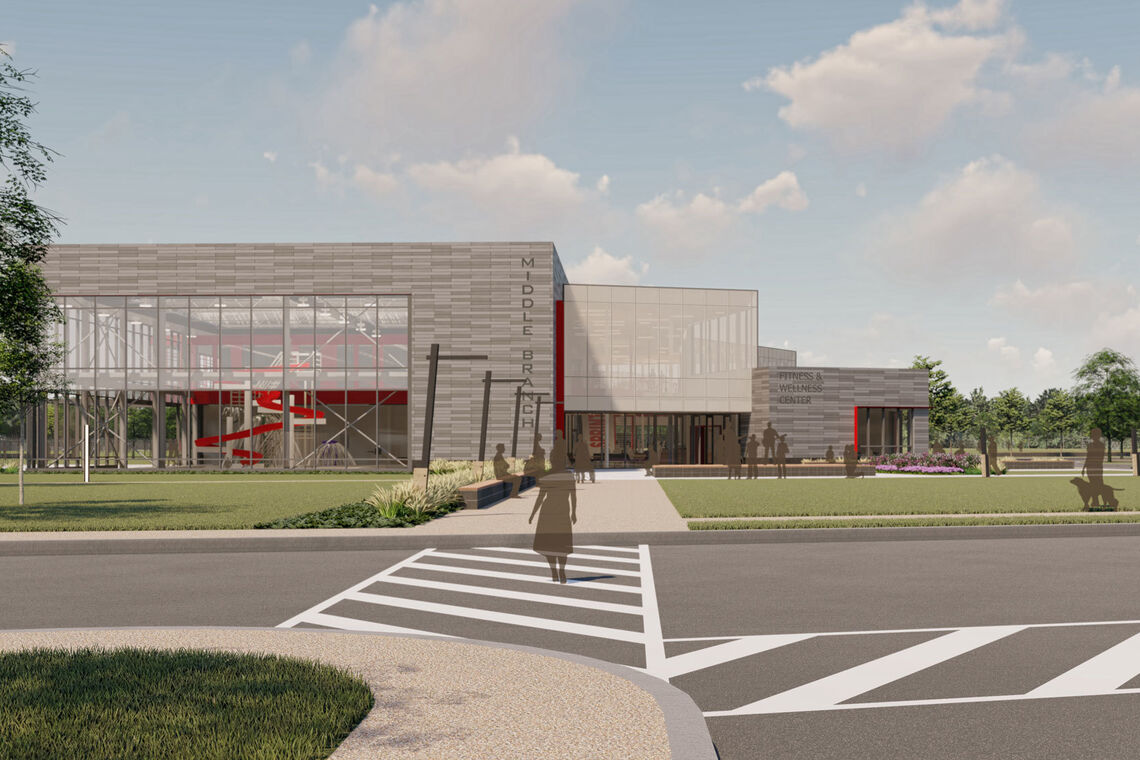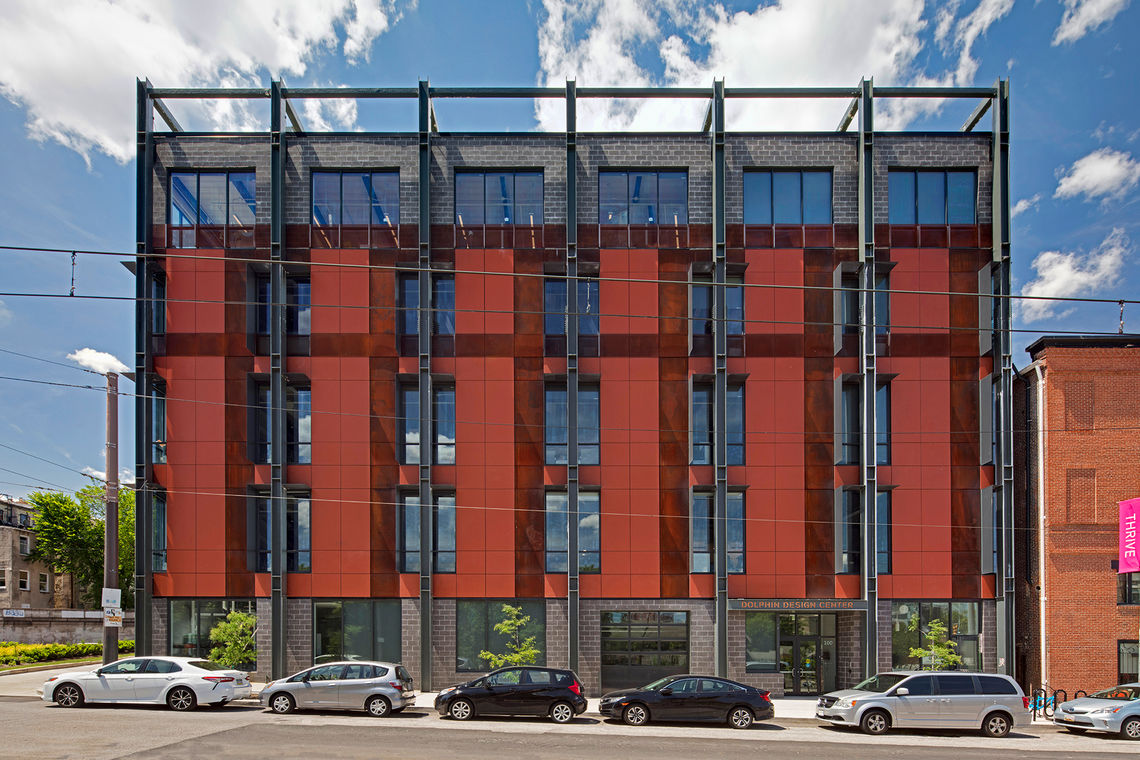As designers of educational environments and spaces that enrich the human experience, we carry an obligation to respond to shifting paradigms in instruction & learning and sociocultural evolution.
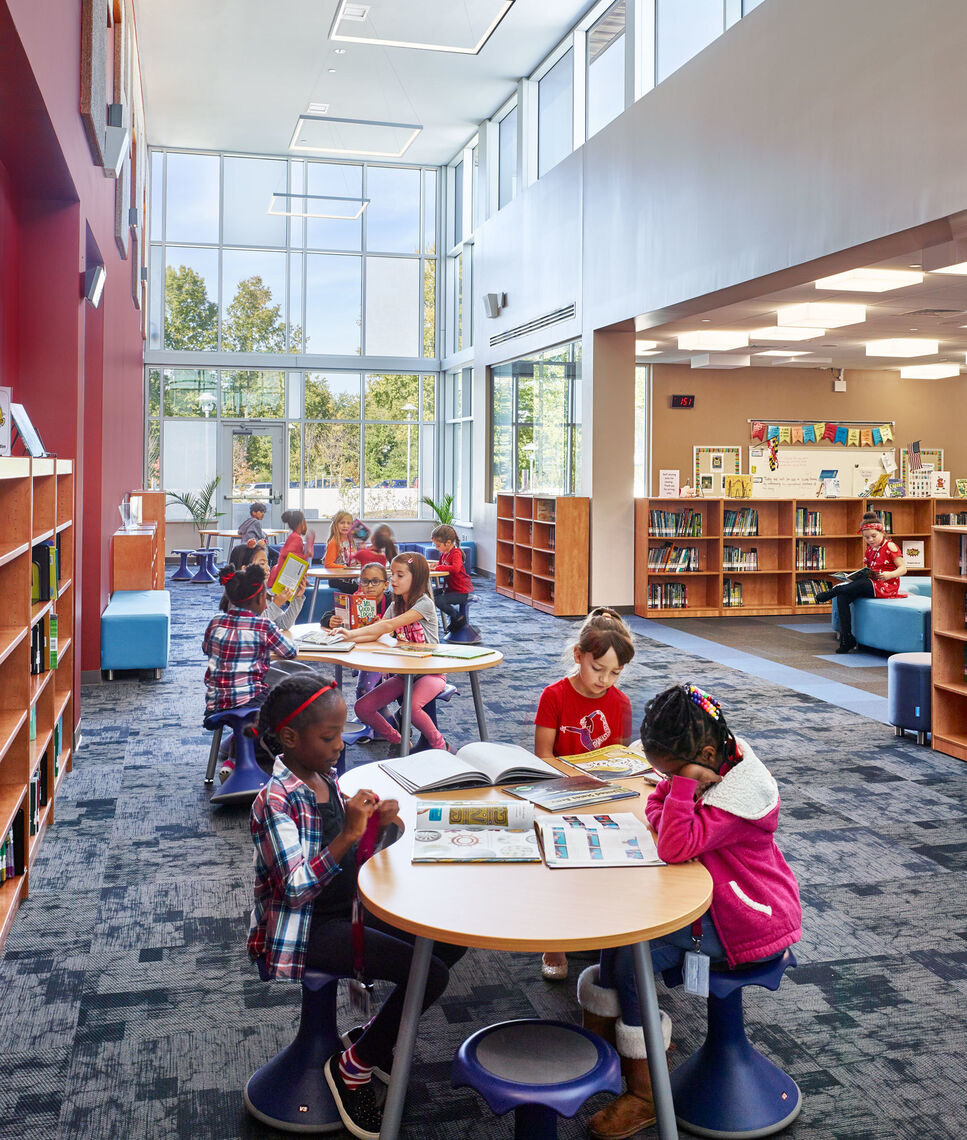
The decisions we make, in concert with our clients and stakeholders, can, and should, have an immediate and lasting impact on the environments we live and learn in. Creating dynamic learning environments and learning from the past is paramount to facing the challenges of today and improving the future for learners of all ages. These spaces undoubtedly serve varying purposes with a wide range of motivation of why it is important, but in the end, the goal to inspire and support learners is the same.
"A dynamic learning environment is characterized by change, activity, and progress. It is intentionally designed to meet the needs of all students while challenging them to enhance existing skills, interests, and understandings, as well as meaningfully building new ones."
- Peace Wapiti Public School Division - Grand Prairie, Alberta
It is generally accepted that not all learners learn the same way (and the same can certainly be said about teachers and teaching). Research has shown that it is both impractical, impossible, and to a greater extent, of no advantage, to tailor instruction to individual learning styles within a classroom setting while working with multiple students at one time. While the standard classroom remains an obvious cornerstone of a school building, gone are the days of these spaces being static in nature and the primary learning space. Evolving learning and instructional modalities have fostered a transformation to flexible and agile spaces that support collaboration between students and teachers, in both small and large groups. More and more school buildings are continually striving to change the narrative of how programmatic elements are integrated into a building to respond to these changes.
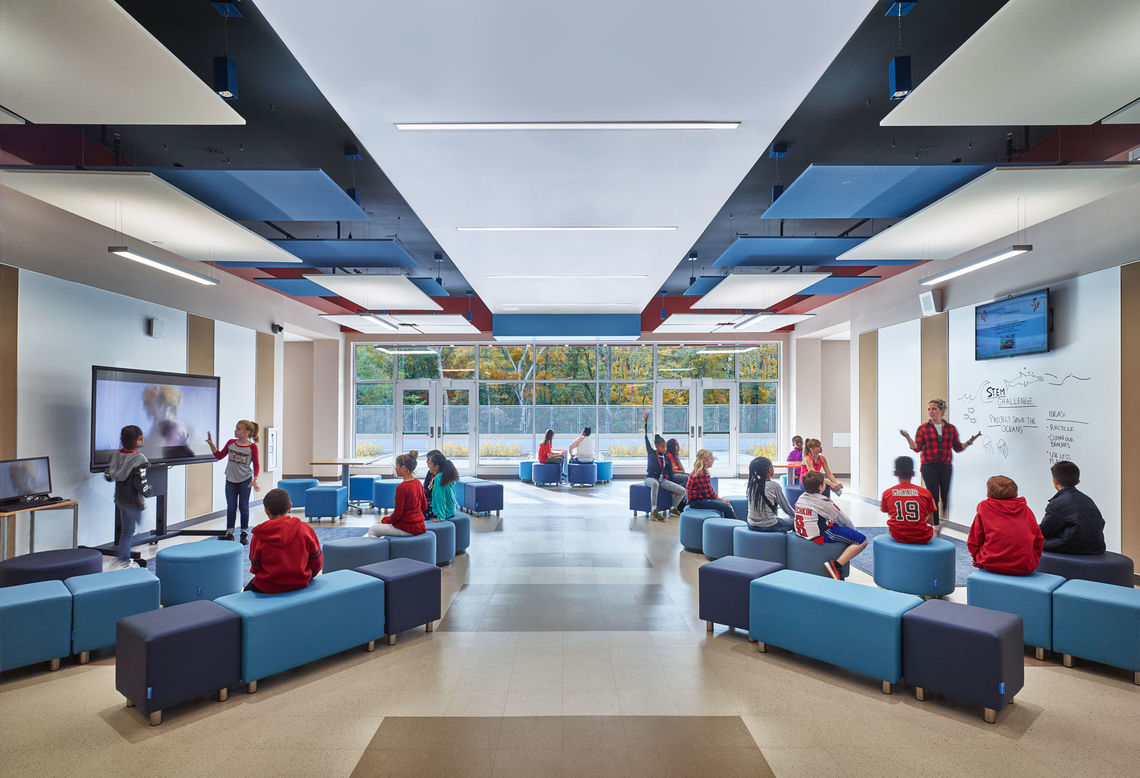
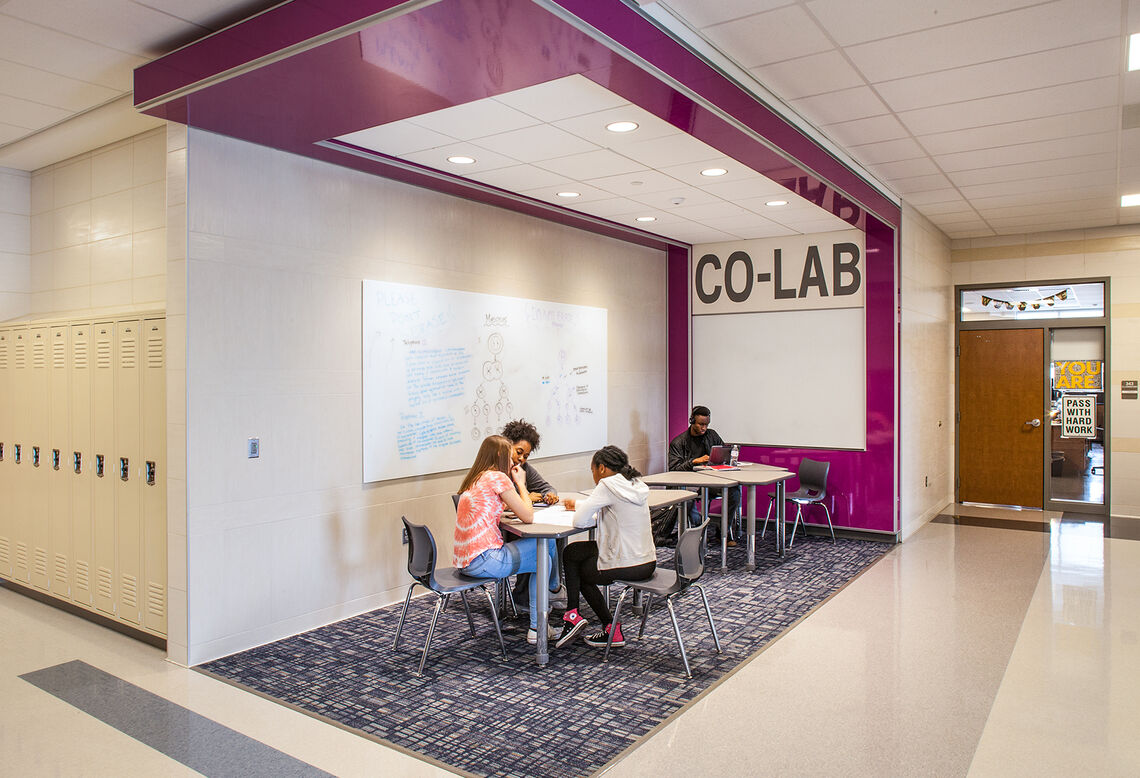
Project Based Learning (PBL) initiatives, where "students learn by actively engaging in real-world and personally meaningful projects" (PBLWorks - Buck Institute for Education) have spurred additional changes in how students are taught by supplementing, and even replacing in some instances, the lectures and books so many of us have been accustomed to. The “cells and bells” of outdated school buildings are being replaced by open spaces with flexible configurations and mobile furniture, creating a sense of community, collaboration, and practical learning unattainable by only sitting in rows of desks facing a chalkboard.
"One must learn by doing the thing, for though you think you know it, you have no certainty until you try."
- Sophocles
Learning is an activity. The spaces in which learning happens must be active spaces. Beyond the learning, though, we must also pay close mind to the impact educational facilities have on its students’ emotional and psychological well-being. It is imperative that the spaces we create support transforming/transformative social issues and environments. As society rightfully talks of equity in both life and education and diversity in our schools, the conversation absolutely has to move past just the curriculum and towards building diverse and inclusive environments that foster a sense of belonging.
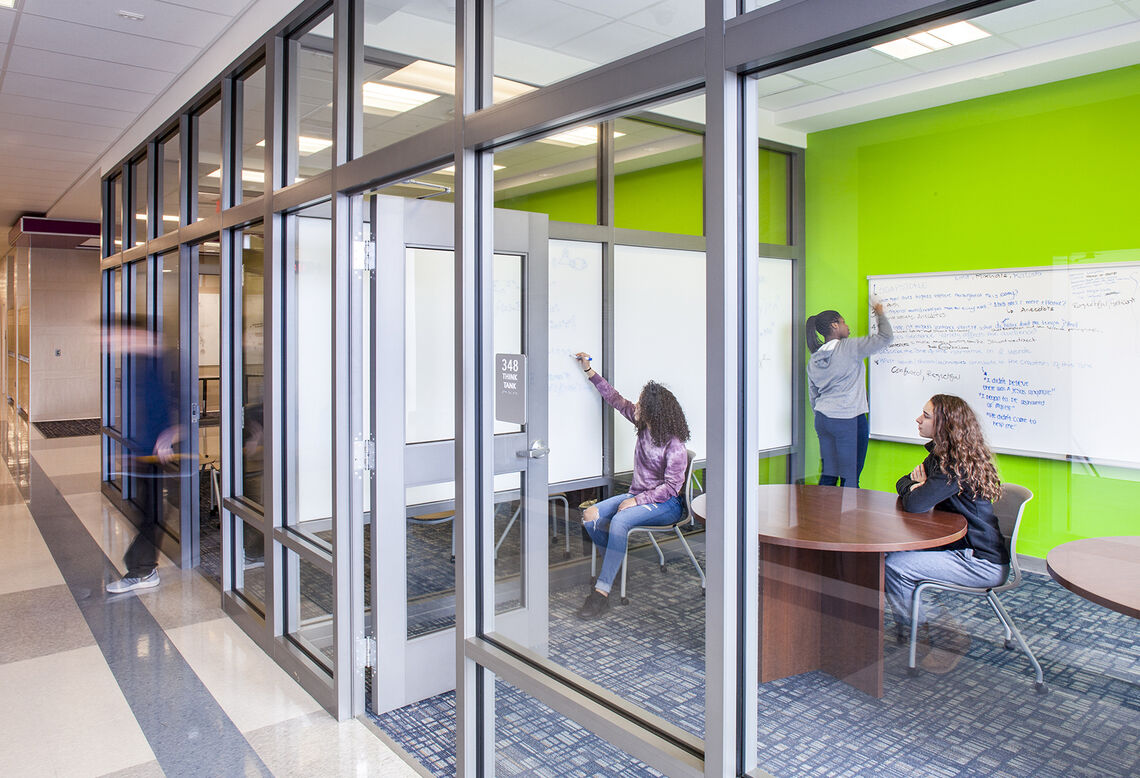
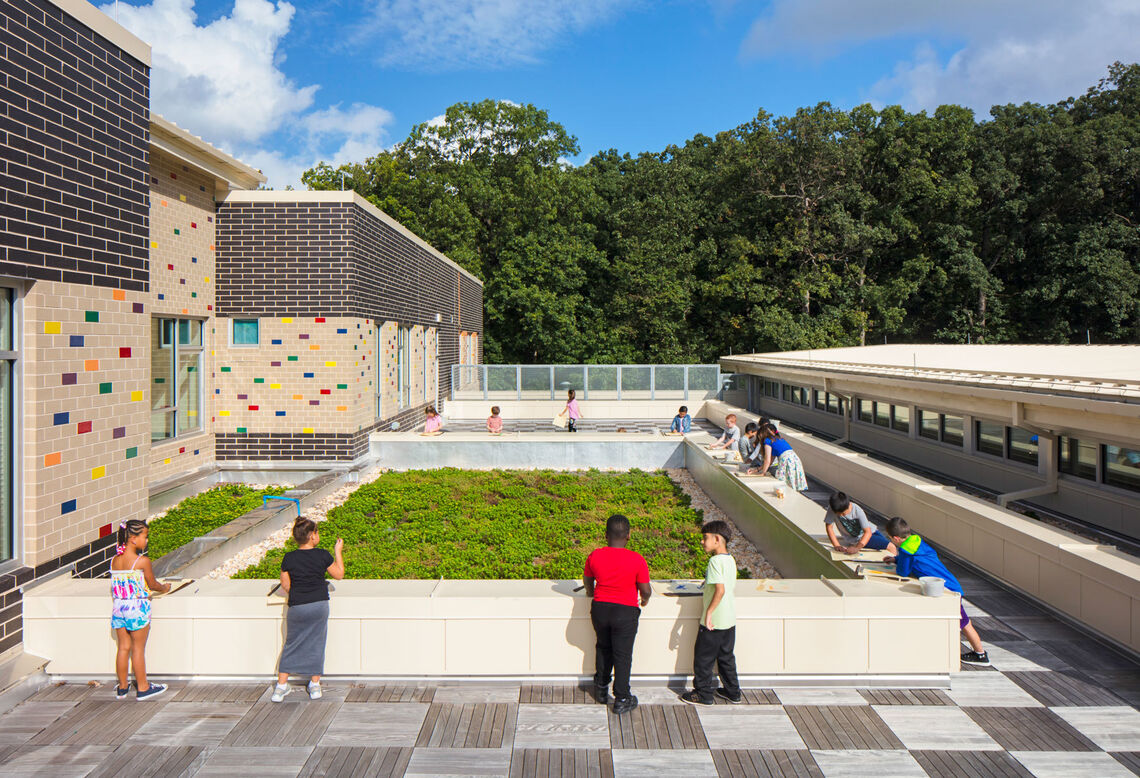
"When inclusive education is fully embraced, we abandon the idea that children have to become ‘normal’ in order to contribute to the world. We begin to look beyond typical ways of becoming valued members of the community, and in doing so, begin to realize the achievable goal of providing all children with an authentic sense of BELONGING."
- Norman Kunc
Providing spaces conducive for educators to create classes so all students have positive experiences in school is as monumental of a task as we can have as designers. As with creating open collaborative spaces for learning, we should be creating open collaborative spaces for personal and societal growth. We should be considering how the creation of space, or the absence of space, affects the psyche of students and educators. How do physical barriers or materials work as a backdrop to both learning and growing?
"How are we affirming & welcoming that student's identity when speaking with students? What can you do to approach the situation differently?"
- Brett Parker, BCPS educator
The looming question is, though, how is any of this conversation manifested in the architecture and creation of space? As stated to me in a recent conversation with young and inspired educators, the first step is recognizing that as designers, we sit in a unique position of privilege and platform. They strongly believe in the power of physical spaces and how they can heal (or harm), motivate, encourage, and inspire (or devastate) a community of people. While engaging not just our clients to facilitate the creation of transformative and dynamic spaces is important, taking the next step to engage students and the community that is being served is truly how we will make the progress in both education and societal change.
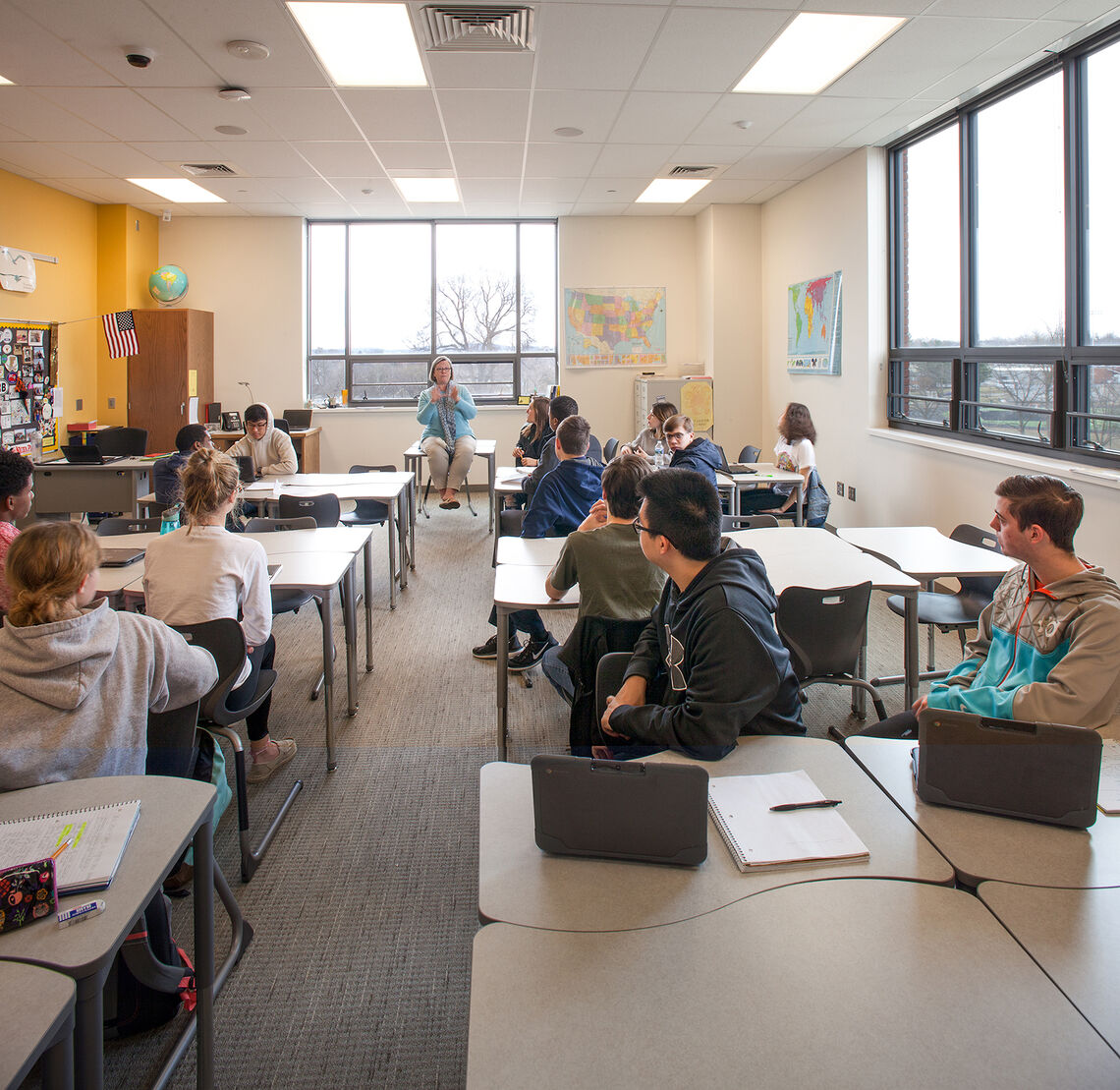
We create dynamic learning environments by, among other things, pushing past the way we’ve always done it, exploring new programmatic layouts/construction types, and leading the effort to select furniture that is mobile, lightweight yet sturdy, adjustable, and diverse. We have a unique opportunity to complement, and even lead, the transformations we are seeing, and need, in an evolving society.
